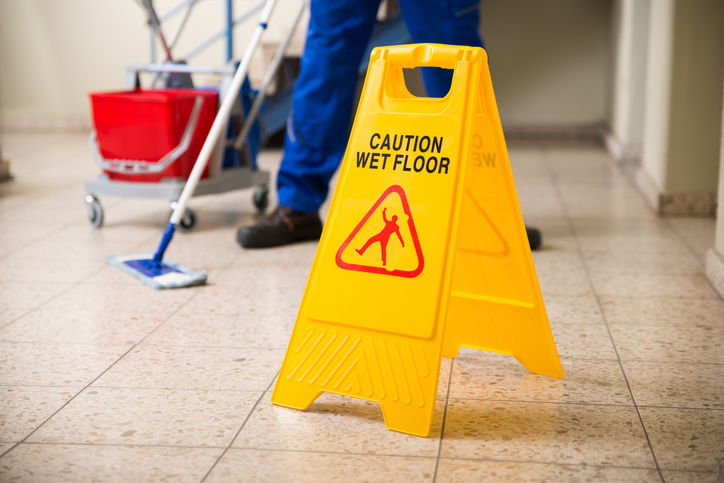Eddie woke up one frigid, Ohio, winter morning as he always did. That day, he assumed, would be no different than any other day. He arose to the tune of his 4:30 a.m. alarm clock sounding, what his wife and children often called “the fall-out alarm.” His wife darted awake as well, but quickly rolled back over and off to sleep again.

Eddie rambled down the stairs to the kitchen and poured his first cup of black coffee, slugged it down, and then filled his travel mug as he hustled out the door to go to work. He’d been a machinist for the same small tool and dies company for the past 20 years and was a valued employee. The owner had been heard, on a fairly regular basis, saying, “This company would fold if it weren’t for Eddie.” This was probably the truth; Eddie hadn’t missed a day of work since he’d been there and, on a daily basis, out-produced the rest of the shop combined. He was smart, efficient, and met every deadline he was ever given.
What Eddie didn’t know about that day was that it would be his last for the next 15 months. Upon entering the building Eddie slipped in a puddle of hydraulic fluid. With his hands occupied with his lunch, coffee, and a trashcan someone left out the night before, he was unable to brace his fall in any way and fell to the concrete floor. Eddie suffered a broken elbow, collar bone, and hip, as well as a herniated disk.
In a split second, Eddie’s, his family’s and his employer’s lives all took a drastic turn for the worse. The hydraulic fluid on the floor was left by another employee the night before. When asked, that employee stated he was going to clean it up in the morning before anyone else got there. What he didn’t know was that Eddie was planning on getting to work early the following day to finish a big project. Due to one worker’s inattention to detail, Eddie and his family faced some of the toughest times they’d ever encountered. Eddie’s employer felt those hard times too.
Eddie’s fall resulted in some very serious injuries; after multiple surgeries, doctor visits, and countless hours of therapy, his injuries cost well over $300,000 in medical bills alone. This doesn’t even take into consideration the lost time wage compensation and loss of production his employer suffered from Eddie’s absence.
Slip, Trip, and Fall Injuries in America
In America, employers pay over a billion dollars a week for slip, trip, and fall (ST&F) injuries. ST&F injuries also result in 15 percent of work-related fatalities, are a leading cause of traumatic brain injuries, and account for one-of-every-six Bureau of Workers’ Compensation (BWC) claims every year. The alarming fact behind those numbers is that most of the injuries were very preventable had employers utilized just a few cost-effective strategies.
Let’s take a look at some simple adjustments you, as an employer, can make to your workplace to help prevent ST&F injuries.
- Housekeeping or making sure the workspace is free of clutter and employees clean spills immediately.
- Designate and mark passageways for walking.
- Provide or require associates to wear appropriate footwear.
- Make sure floor openings and holes are appropriately guarded or covered.
- Provide proper lighting in all spaces.
- Perform frequent “walk-throughs” to identify hazards, and then mitigate those hazards.
- Train employees on specific hazards in your workplace.
- Train employees how to recognize possible hazards.
- Lead by example and create the safety culture in your workplace.
Remember, your employees aren’t reading this blog, you, the employer, are. Safety starts and ends with you. The culture is yours to create. Develop it. Own it. Exemplify it. If you want to make your workplace safer, contact GMS today to learn more about workers’ compensation management and loss prevention strategies.